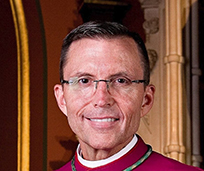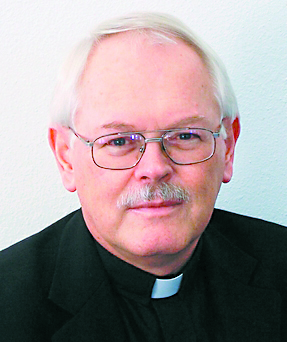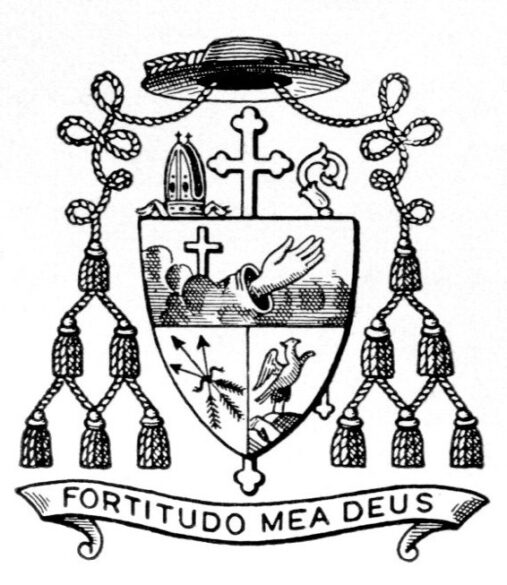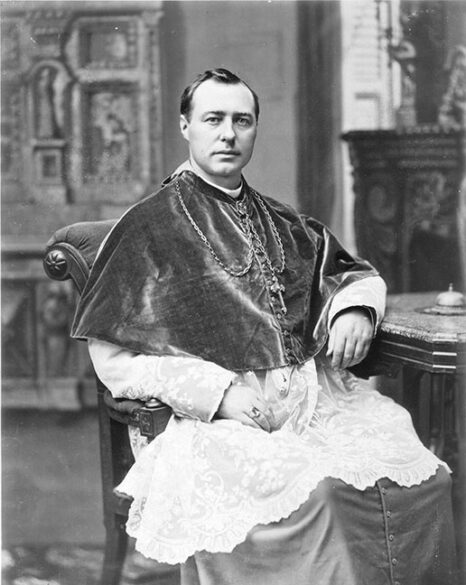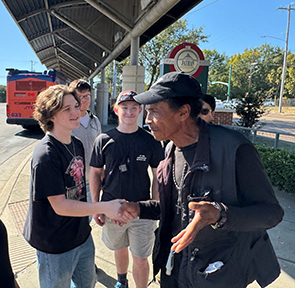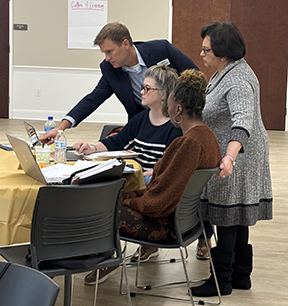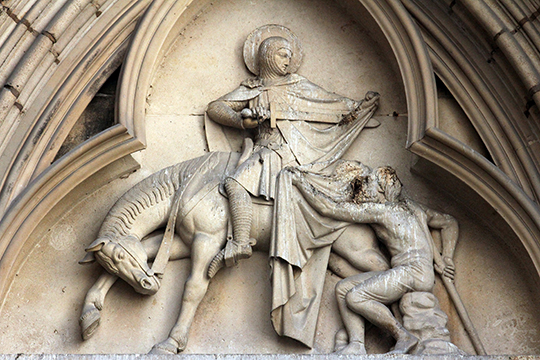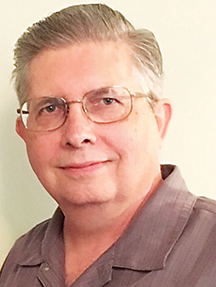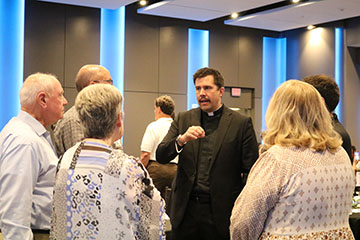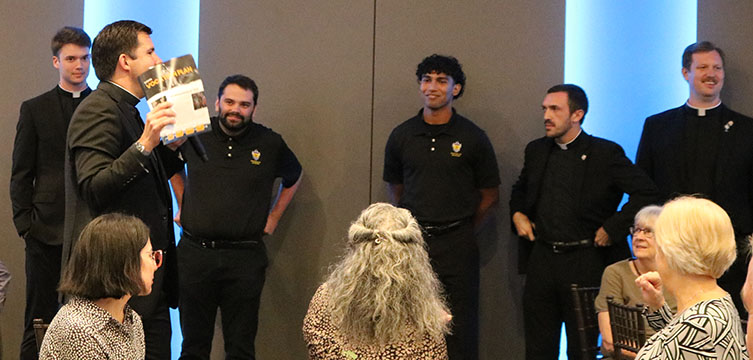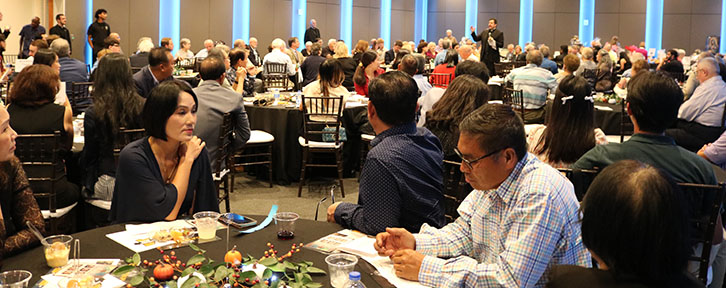FROM THE HERMITAGE
By sister alies therese
For many the outcome of the election is a disaster … for others a great boon. If you are a political geek (like me) you will have paid attention to speeches, debates and anything else that would show the how, when, where’s of it all. ‘Do no harm’ seems a requisite for the move forward.
You know there is nothing worse than losing (for the losers) and nothing more joyful and puffing up than winning (for the winners). There are so many in between who didn’t even participate and for them it is ho-hum, as usual, who cares? “The humiliation of living somewhere between knee socks and support hose served as another reminder that the secrets I try hardest to conceal are the one most often exposed.” (Tina Krause, Embarrassing Moments, 2008). We will soon discover the ‘secrets’ and be exposed to what has been ‘concealed’. Well, who cares are the most vulnerable and those with no sense of humor. Don’t get me wrong … elections matter and there’s nothing funny about them … but in the outcomes we might need a deep breath or two.

“Humor is a divine quality, and God has the greatest sense of humor of all. He must have otherwise He wouldn’t have made so many politicians.” (MLK, Jr.) You have to wonder what would bring out a certain joy (maybe that it’s over?) in the public (especially the losers). What is the answer to a miserable look forward when one was so sure of another outcome? Are you kidding me is the response of some, and don’t be a sore loser that of the others.
One thing that struck me as funny was how there was very little or no ‘cheating’. Did you notice that? Is politics just a mugs game or is governing a sacred duty? Who are the leaders we elect?
“Asked about his position on whiskey, a Congressman replied:” ‘if you mean the demon drink that poisons the mind, pollutes the body, desecrates family life, and inflames sinners, then I’m against it. But, if you mean the elixir of Christmas cheer, the shield against winter chill, the taxable potion that puts needed funds into public coffers to comfort little crippled children, then I’m for it. This is my position, and I will not compromise!” (Rev. Karl Kraft, New Jersey, 1999)
We need a bit of therapy just now … winners and losers both to bring back some sense of a common good. Is there such a thing? I think there is and no matter where one fell, winner or loser, striving to make sure the most vulnerable are at the heart is critical. Resentment festers. “Laughter is God’s medicine; the most beautiful therapy God ever gave humanity.” (anon)
Regular life, just our day to day causes us to consider how much we need heart therapy. “The washing machine overflows, your toddler comes down with the chicken pox, the septic system quits, and you still have casserole to prepare and tables to decorate for the big family reunion you promised to host in your home the next day. It is tough to smile at times like these. Most of us would prefer to stay in bed, pull the sheets over our head, and refuse to budge until things get better. Yet when life’s irritants bug us more than a swam of pesky mosquitoes and troubles spread faster than cold germs, laugher is what we need the most … humor is heart therapy.” (Tina Krause, 2008) What that therapy looks like will vary but I think it matters who we think about and who we pray for. Who needs our laugh?
As we move toward Thanksgiving Day and for some that dreadful dinner where politics, religion and other hot button issues are either exaggerated or ignored, let’s try to put things in perspective.
“A Sunday school teacher asked her class about the meaning of Easter. A little boy raised his hand and said, ‘that’s when we shoot off firecrackers and celebrate our freedom!’ A little girl said, ‘no that’s when we eat the turkey and give thanks.’ ‘I know,’ a third youngster exclaimed, ‘that’s when Jesus comes out of the tomb … but if He sees his shadow, He goes back in.’“ (Father Harry Winter, OMI, 1999)
Life might just be a little bit like that for a while. We will have many opportunities to lighten up the situation as well as delve deeply into the pros and cons as we move into the holidays. So, I wish you all the opportunity of giving thanks for all things as Paul teaches and to be grateful for your pastor!
“A new pastor, eager to make sure the church’s employees would like him, called them together shortly before Thanksgiving Day approached and told them that each of them would receive a turkey. ‘In fact,’ he said, ‘as long as I’m around you will always have a turkey.’ “ (Msgr. Charles Dollen, The Priest, 1999)
Blessings.
(Sister alies therese is a canonically vowed hermit with days formed around prayer and writing.)

